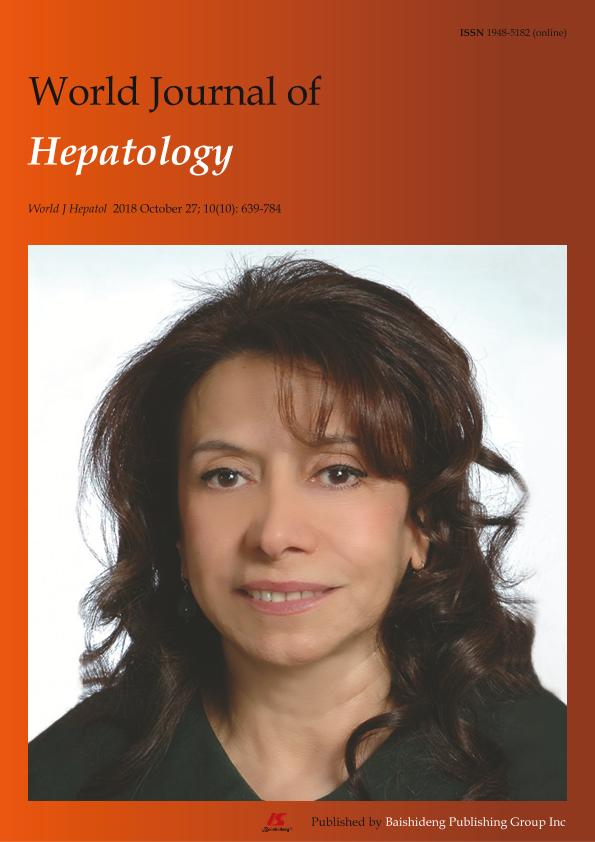Artículo
Experimental bio-artificial liver: Importance of the architectural design on ammonia detoxification performance
Pizarro, María Dolores ; Mamprin, María Eugenia
; Mamprin, María Eugenia ; Daurelio, Lucas Damian
; Daurelio, Lucas Damian ; Rodriguez, Joaquin Valentin
; Rodriguez, Joaquin Valentin ; Mediavilla, Maria Gabriela
; Mediavilla, Maria Gabriela
 ; Mamprin, María Eugenia
; Mamprin, María Eugenia ; Daurelio, Lucas Damian
; Daurelio, Lucas Damian ; Rodriguez, Joaquin Valentin
; Rodriguez, Joaquin Valentin ; Mediavilla, Maria Gabriela
; Mediavilla, Maria Gabriela
Fecha de publicación:
10/2018
Editorial:
Baishideng Publishing Group Co
Revista:
World Journal of Hepatology
ISSN:
1948-5182
Idioma:
Inglés
Tipo de recurso:
Artículo publicado
Clasificación temática:
Resumen
AIM To determine the influence of the construction design over the biological component's performance in an experimental bio-artificial liver (BAL) device. METHODS Two BAL models for liver microorgans (LMOs) were constructed. First, we constructed a cylindrical BAL and tested it without the biological component to establish its correct functioning. Samples of blood and biological compartment (BC) fluid were taken after 0, 60, and 120 min of perfusion. Osmolality, hematocrit, ammonia and glucose concentrations, lactate dehydrogenase (LDH) release (as a LMO viability parameter), and oxygen consumption and ammonia metabolizing capacity (as LMO functionality parameters) were determined. CPSI and OTC gene expression and function were measured. The second BAL, a "flat bottom" model, was constructed using a 25 cm2 culture flask while maintaining all other components between the models. The BC of both BALs had the same capacity (approximately 50 cm3) and both were manipulated with the same perfusion system. The performances of the two BALs were compared to show the influence of architecture. RESULTS The cylindrical BAL showed a good exchange of fluids and metabolites between blood and the BC, reflected by the matching of osmolalities, and glucose and ammonia concentration ratios after 120 min of perfusion. No hemoconcentration was detected, the hematocrit levels remained stable during the whole study, and the minimal percentage of hemolysis (0.65% ± 0.10%) observed was due to the action of the peristaltic pump. When LMOs were used as biological component of this BAL they showed similar values to the ones obtained in a Normothermic Reoxygenation System (NRS) for almost all the parameters assayed. After 120 min, the results obtained were: LDH release (%): 14.7 ± 3.1 in the BAL and 15.5 ± 3.2 in the NRS (n = 6); oxygen consumption (μmol/min·g wet tissue): 1.16 ± 0.21 in the BAL and 0.84 ± 0.15 in the NRS (n = 6); relative expression of Cps1 and Otc: 0.63 ± 0.12 and 0.67 ± 0.20, respectively, in the BAL, and 0.86 ± 0.10 and 0.82 ± 0.07, respectively, in the NRS (n = 3); enzymatic activity of CPSI and OTC (U/g wet tissue): 3.03 ± 0.86 and 222.0 ± 23.5, respectively, in the BAL, and 3.12 ± 0.73 and 228.8 ± 32.8, respectively, in the NRS (n = 3). In spite of these similarities, LMOs as a biological component of the cylindrical BAL were not able to detoxify ammonia at a significant level (not detected vs 35.1% ± 7.0% of the initial 1 mM NH4 + dose in NRS, n = 6). Therefore, we built a second BAL with an entirely different design that offers a flat base BC. When LMOs were placed in this "flat bottom" device they were able to detoxify 49.3% ± 8.8% of the initial ammonia overload after 120 min of perfusion (n = 6), with a detoxification capacity of 13.2 ± 2.2 μmol/ g wet tissue. CONCLUSION In this work, we demonstrate the importance of adapting the BAL architecture to the biological component characteristics to obtain an adequate BAL performance.
Archivos asociados
Licencia
Identificadores
Colecciones
Articulos(CCT - ROSARIO)
Articulos de CTRO.CIENTIFICO TECNOL.CONICET - ROSARIO
Articulos de CTRO.CIENTIFICO TECNOL.CONICET - ROSARIO
Articulos(CCT - SANTA FE)
Articulos de CTRO.CIENTIFICO TECNOL.CONICET - SANTA FE
Articulos de CTRO.CIENTIFICO TECNOL.CONICET - SANTA FE
Articulos(IBR)
Articulos de INST.DE BIOLOGIA MOLECULAR Y CELULAR DE ROSARIO
Articulos de INST.DE BIOLOGIA MOLECULAR Y CELULAR DE ROSARIO
Citación
Pizarro, María Dolores; Mamprin, María Eugenia; Daurelio, Lucas Damian; Rodriguez, Joaquin Valentin; Mediavilla, Maria Gabriela; Experimental bio-artificial liver: Importance of the architectural design on ammonia detoxification performance; Baishideng Publishing Group Co; World Journal of Hepatology; 27; 10; 10-2018; 719-730
Compartir
Altmétricas



